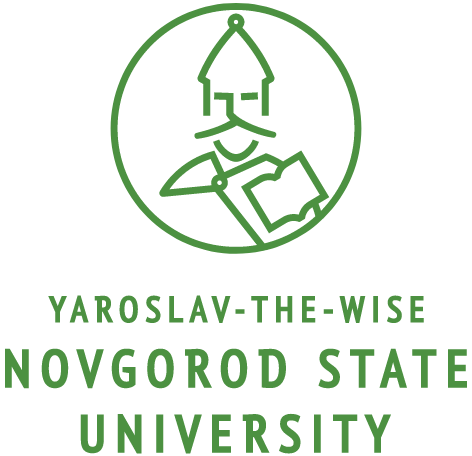Morphological, syntactic and semantic nature of agreement in Russian
DOI:
https://doi.org/10.34680/VERBA-2023-2(7)-9-24Keywords:
syntactic connection, case, word order, linear agreement, probabilistic agreementAbstract
The article is concerned with the description of morphological, syntactic and semantic principles of agreement in the Russian language. Among the features of agreement described in the scientific literature, there are at least three that are contradicted by the facts of agreement in modern speech practice: 1) agreement is a syntactic connection that operates within a phrase or a simple sentence; 2) the syntactic connection of agreement is subordinate, one of the components in it is the dominant noun; 3) the direction of dependence is determined by the structural principle “from the main to the dependent”. The first feature is contradicted by the fact that there is an agreement between the anaphoric pronoun and its antecedent, which can be located in different parts of a complex sentence or even in different sentences. The obligatory nature of the second and third features is questioned with the onset of the active phase of the destruction of the case system in the Russian language. The “weakening of the case function” of the Russian noun (M. Glovinskaya) led to the fact that the connection of government is established not with the dependent noun, but with the component of the governed syntactic group that is closest to the verb or other controlling word. In this case, the nearest word is put into the required case form. Such a word can be a noun with a homonymous case form in a coordinative word-combination, with which a noun with non-homonymous cases randomly agrees, for example: Net docheri (Gen./Dat./Loc. case) i *sestre (instead of sestry) ‘There are not the daughter and the sister’. The closest word can be an adjective with a homonymous case form, and a noun with non-homonymous case forms randomly agrees in case with the adjective, for example: Net moiei (Gen./Dat./Instr./Loc. case) *sestre (instead of sestry) ‘There is not my sister’. We propose to call this type of agreement linear or probabilistic agreement.
Downloads
Downloads
Published
How to Cite
Issue
Section
License
Copyright (c) 2023 Verba

This work is licensed under a Creative Commons Attribution-NonCommercial 4.0 International License.








